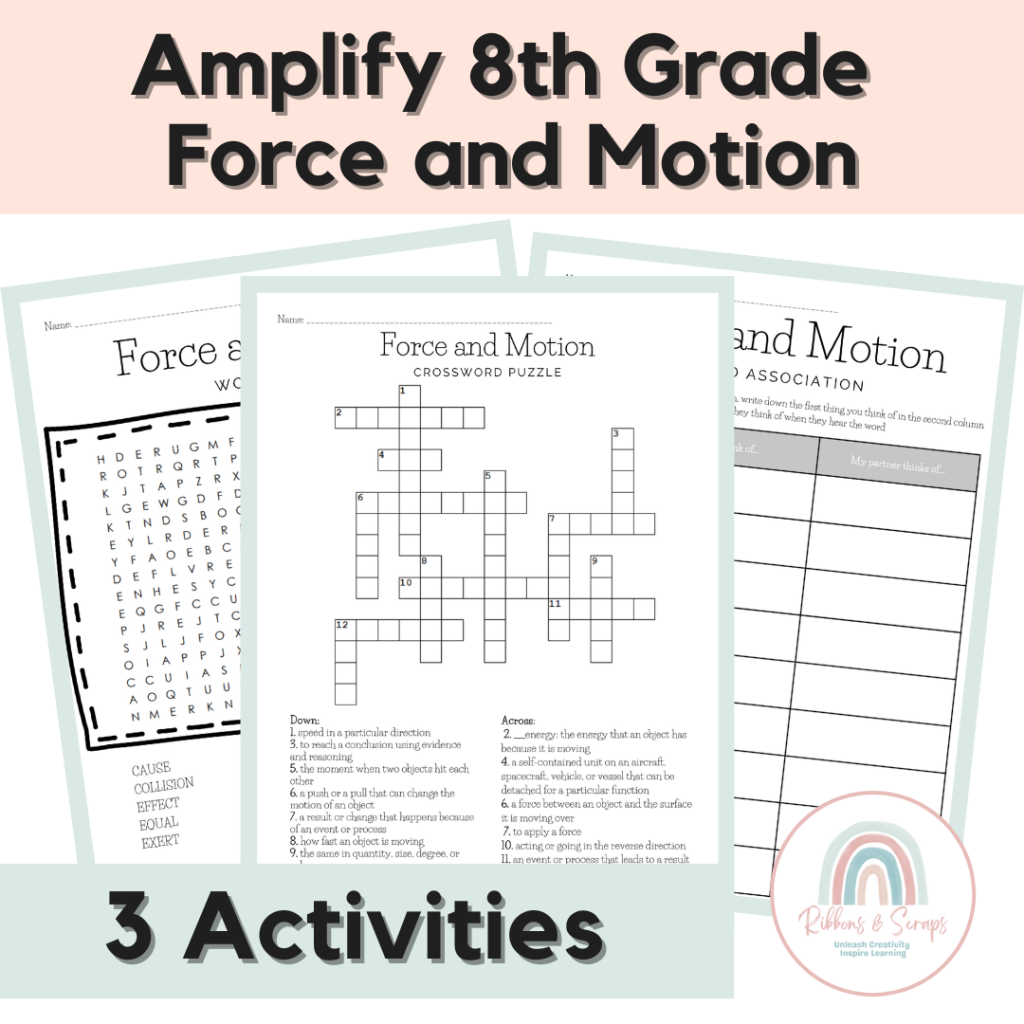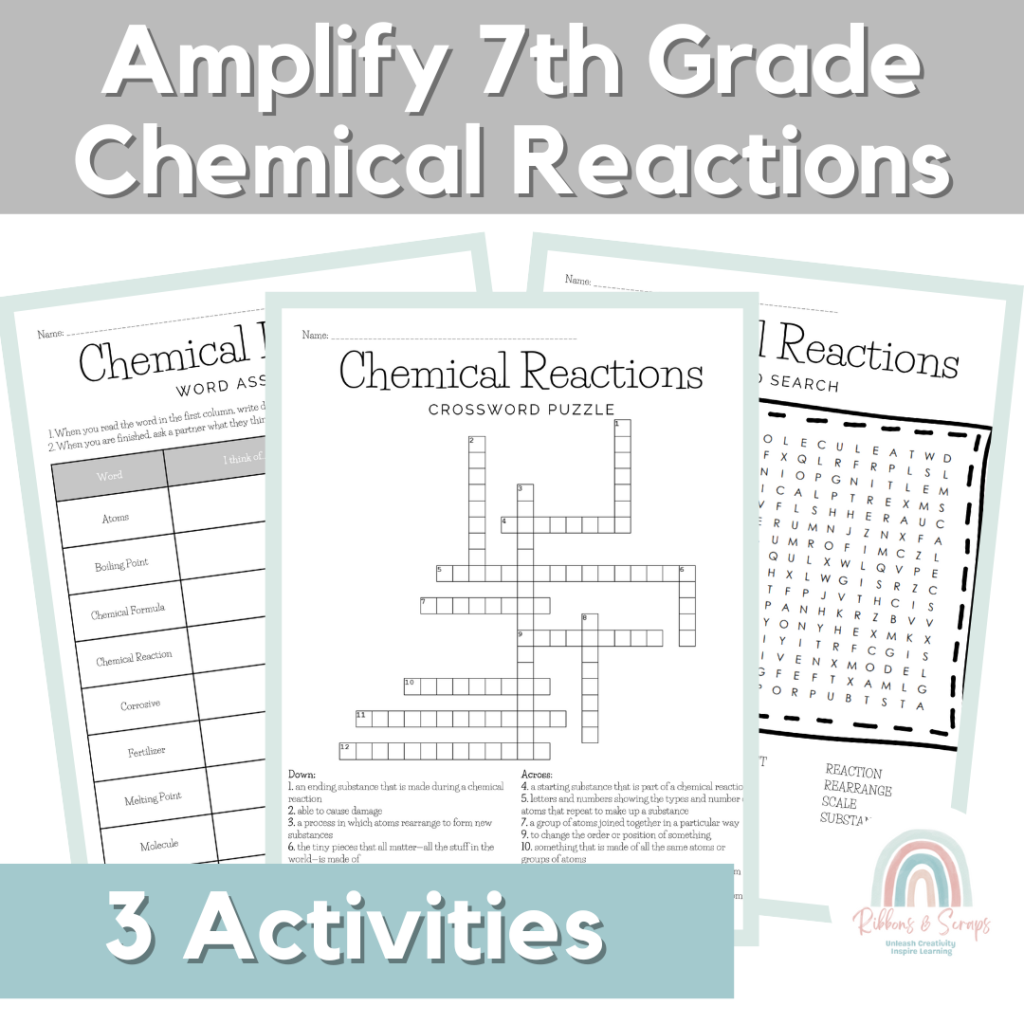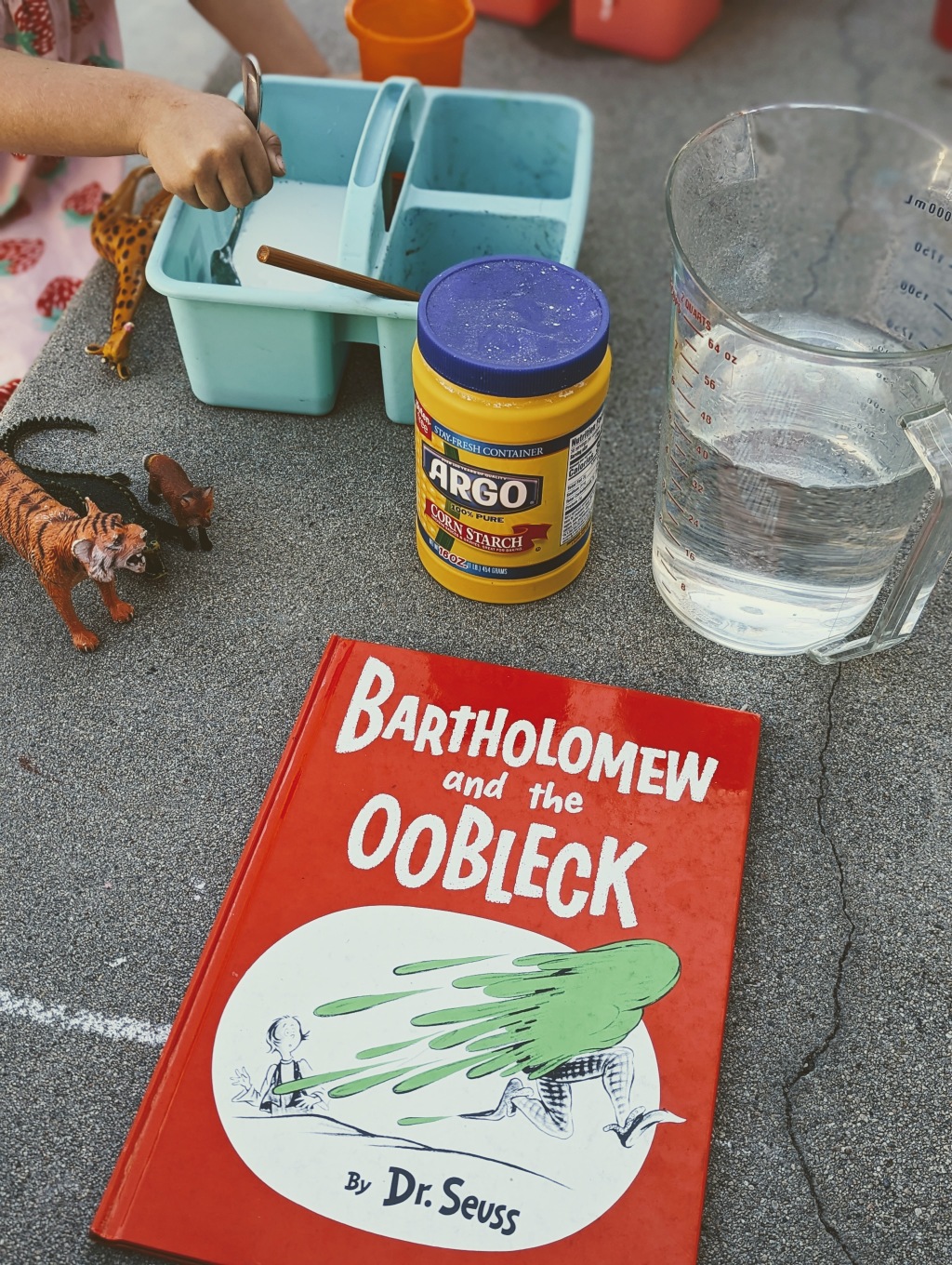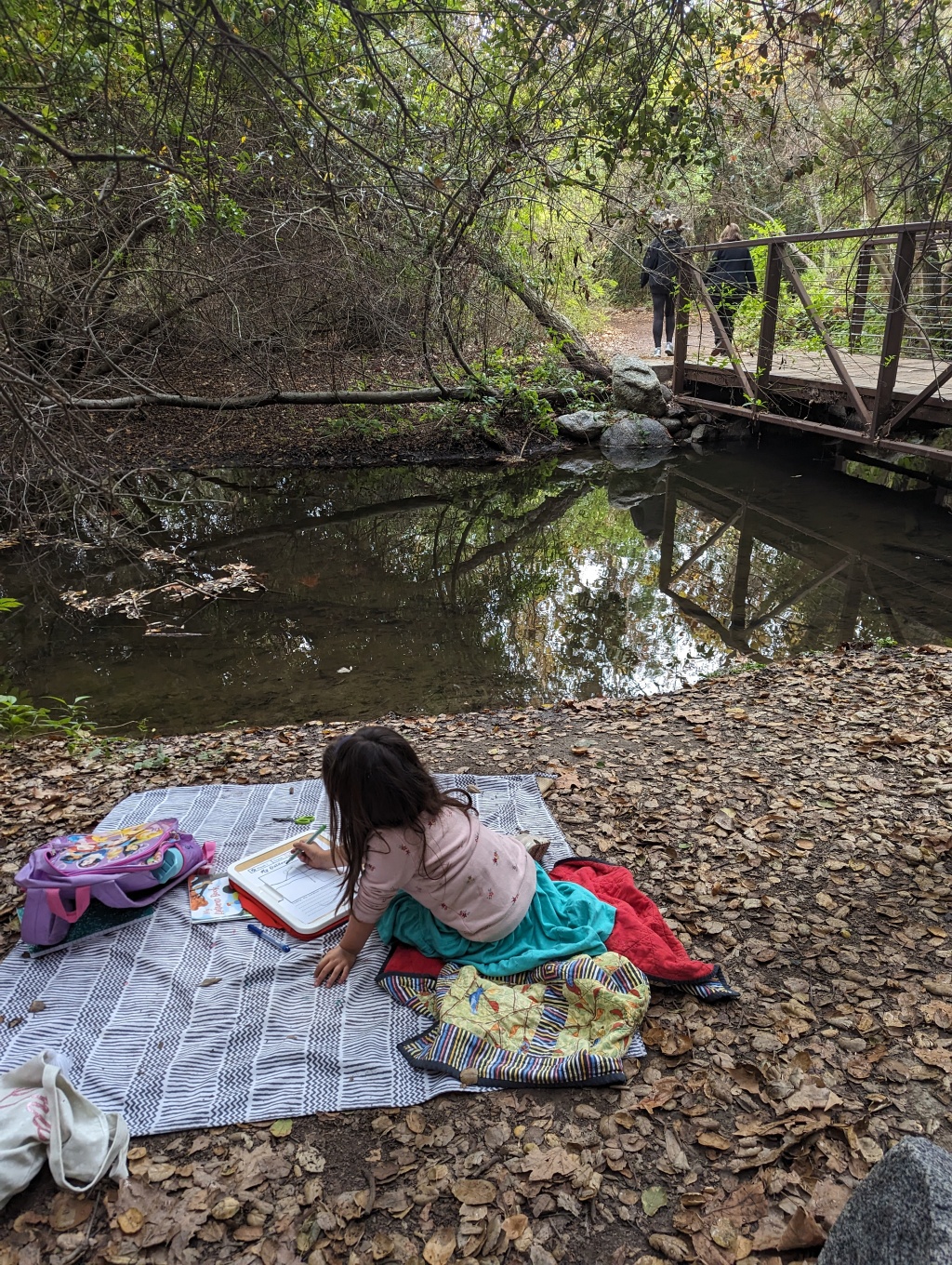I fundamentally disagree with front loading vocabulary in a unit. It’s a waste of time.
What? But I have always done it that way you say. Sure, it was also probably the way you were taught, I know I was. The beginning of the chapter always lists the “new vocabulary” so this is where most start. It seems like a good way in. But I argue that, while the intention is good, it’s definitely a waste of time.
When it comes to learning vocabulary, the traditional approach has almost always been to start with a list: present the words, drill their definitions, and maybe sprinkle in a quiz or two. But is this the most effective way to ensure students not only remember but also understand and can use these new words? Don’t worry, I am not saying throw those crosswords out (There’s a great use for them too in the classroom! and I’ll share).
Why do we teach vocabulary?
Understanding vocabulary is essential in education because it serves as the foundational language through which we interpret and convey complex and in depth concepts. Effective communication in science for instance relies on precise terminology—words like “photosynthesis” or “DNA” aren’t just jargon; they are key to understanding and discussing fundamental principles. Without a strong command of scientific vocabulary, students may struggle to grasp intricate ideas or communicate their insights accurately. Teaching them the appropriate vocabulary is necessary; it is not merely about word acquisition; it’s about equipping students with the necessary tools to explore, analyze, and contribute to the content dialogue, enhancing their comprehension and their ability to engage in informed discussions.
To truly learn the new words, we need to use them in context, multiple times. As the instructor, use them when speaking. Let students try to use them but don’t direct them. Student a says something correctly but doesn’t use the new vocabulary word… “Great! What you just described is [insert vocabulary word]” and move on. They will get it!
When we teach babies to speak we don’t give them vocabulary lists or make them copy the definitions. We point, we explain, we use in context and repeat.
This method allows students to see how words function in sentences or in conversation, aiding in deeper comprehension and longer retention. By integrating vocabulary into lessons as naturally occurring elements, students can infer meanings, understand usage, and apply words in various scenarios, mirroring how we learn our first language.
But, How do we keep them accountable?
Now, let’s talk about the elephant in the room: vocabulary tests. Vocabulary tests….out! I repeat…do…not…give…vocabulary…tests as stand alone assessments. Are they really serving their purpose? Instead of these memory sprints, why not evaluate vocabulary usage in more meaningful contexts, like essays, lab reports, or presentations? Are they completing a final written piece (lab report, CER, etc.)? This is where they need to use the vocabulary, in context, appropriately. I argue that this demonstrates understanding of the language much more than a quick memorization test. This not only assesses their understanding but also their ability to apply these terms effectively.
Word Games
While we’re moving away from traditional vocabulary drills, I can’t help but acknowledge the charm and utility of word games and puzzles. I do love word games and word puzzles. I am one of those who find them relaxing (maybe it was the way I was taught vocabulary 😉 ) But they can be more than just a diversion; they offer a dynamic way to reinforce learning and engage students. Especially useful for early finishers or on those unpredictable days when the class schedule doesn’t go as planned (or emergency sub plans? Yes please!), these games can be a real enhancer to your class.
In my experience, incorporating word games like crosswords and word searches can complement our teaching strategies. They serve as a practical, enjoyable method for students to interact with new vocabulary in a different context, enhancing their retention and understanding.
So, while the core of our vocabulary teaching should be context-based, integrating these games can add variety and depth, supporting our students’ language acquisition in a multifaceted approach. They’re not just games; they’re tools that, when used judiciously, can reinforce the vocabulary we introduce in more direct, context-driven ways.
Cheers,
Lauren
Do you teach Amplify Science?
Check out these resources! (Click Here)











Leave a comment